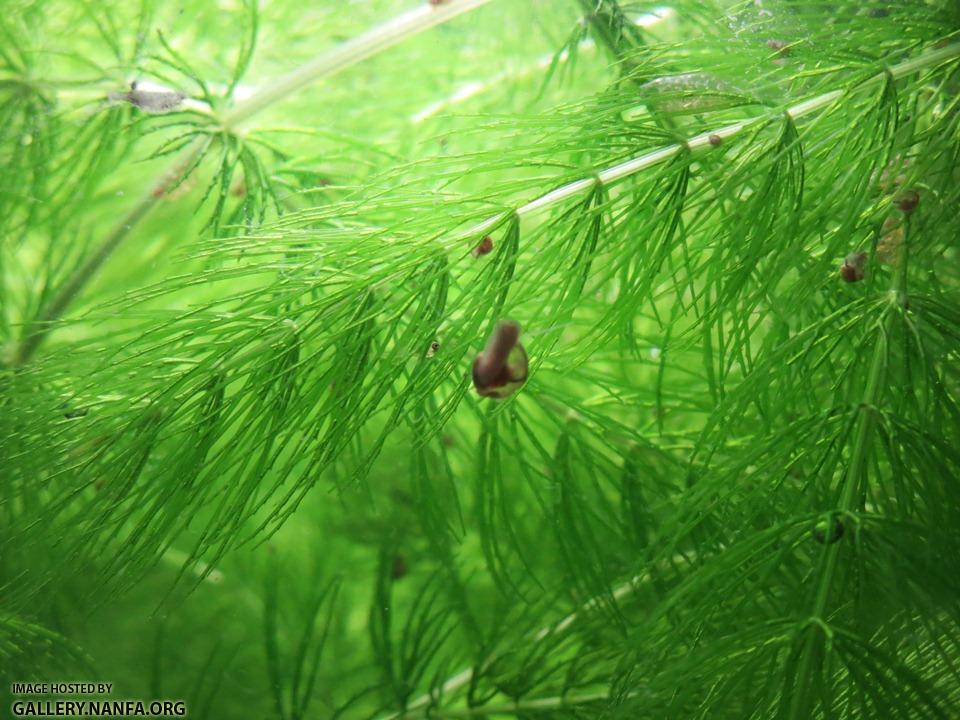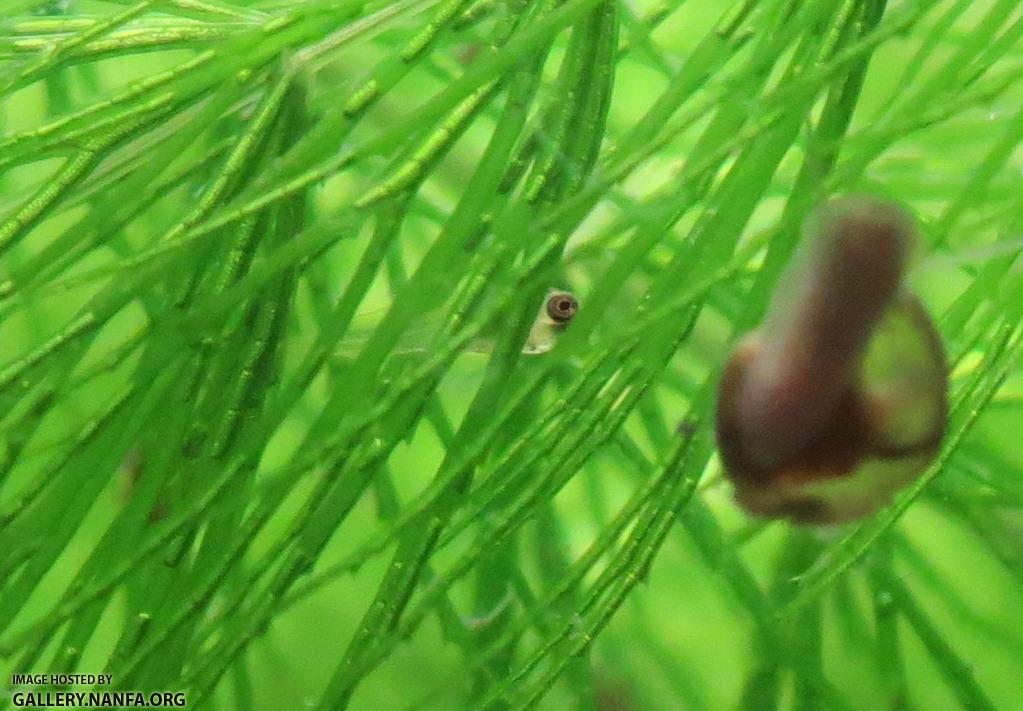


I swirled the plants around in the bucket tank and saw adult fish still alive in there, so that's a good sign.
I don't see any fry yet. The elassoma will have been in the 10 gallon for a month this Sunday, so I'm looking close.
Posted 18 February 2014 - 11:13 PM



Posted 19 February 2014 - 07:03 PM
Posted 20 February 2014 - 07:20 PM

Posted 20 February 2014 - 08:08 PM
Posted 20 February 2014 - 10:44 PM
Posted 20 February 2014 - 10:52 PM
Technically, yes, I could. My tap water is 0 DH and acidy neutral. Add some peat and voila! leptolucania ommata tank. It remains a possibility.Could you make one or more of those 3 tanks L. ommata tanks?
Posted 21 February 2014 - 09:51 AM
Posted 21 February 2014 - 04:08 PM
Posted 21 February 2014 - 06:30 PM







Posted 23 February 2014 - 04:57 PM

Posted 23 February 2014 - 11:39 PM


Posted 24 February 2014 - 02:00 PM
Posted 27 February 2014 - 12:05 PM
Posted 28 February 2014 - 01:40 AM
Posted 28 February 2014 - 11:06 AM
Thank you. Yes, it's an aluminum frame (based on its light-ness) with thin particle board.Your setup is incredible. Is your stand metal framed and wood on the outer?
No, but in my opinion it's not about inoculation, it's about population expansion. It is not uncommon for aquariums with live plants to have one or two copepods. The trick is to breed their population up, which is done by feeding them and giving them a lot of surface area to live on.And do you know how the copepods got in your tank?
Posted 28 February 2014 - 11:38 PM
Posted 01 March 2014 - 05:10 AM
Posted 01 March 2014 - 04:07 PM
That is the dilemma at the moment. The black particle board is not held on to the aluminum frame sturdily enough to secure it to the wall. If I had my way I'd drill into the wall and then secure it with a strap or two around the shelf, but that probably wouldn't fly with the significant other and also I don't have those tools handy. We're currently still puzzling about how to secure this to the wall, so if anyone has any suggestions, we'd consider them. I don't want to add more tanks without first securing it.Have you fingered out how you where going to mount it to the wall? I bet if you got some ( kind of like what you would use to make a book shelves. Can't think of what they are called at the moment ) metal and bolted those to each side at the top and then bolted that to the ( at least one in a stud for sure ) wall that would more than enough.
Posted 01 March 2014 - 06:26 PM
Posted 01 March 2014 - 06:47 PM
Yes, I do plan to drill into a stud. It's just that the particle board around the aluminum frame isn't really secured to the aluminum frame anything other than decoratively.The only option I see is an anchor screw into a stud. In reality, it wouldn't be a big repair if you decided to move the rack. Just a little gap filler, maybe some paint, and you're done.
0 members, 2 guests, 0 anonymous users